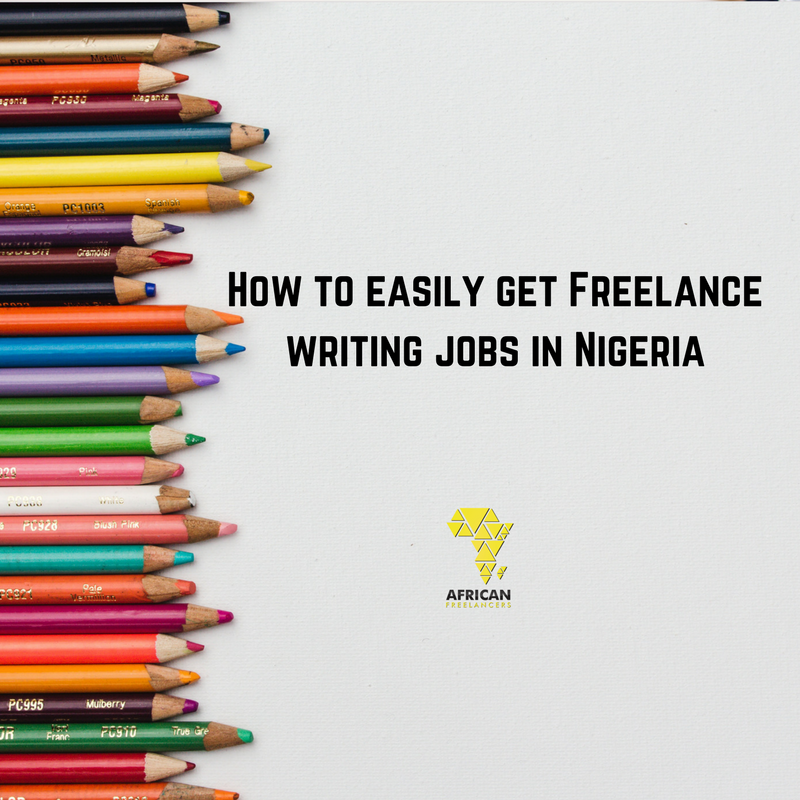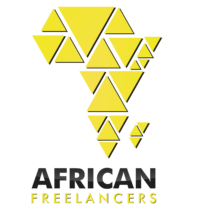Web 3 is different from your regular freelancing platforms, but the opportunities on there might be your next path to financial freedom. Just like your regular freelancing, Web3 Technology offers multiple opportunities for freelancers as it is a good place to connect with clients who require professional services that only freelancers can provide. From Web Development to UI/UX, there is so much going on that you can tap into as an African freelancer.
Here, we will not be talking about the freelancing opportunities on Web 3 technology. In having a good experience, you might want to know Web 3 meaning and it’s impact . Let’s get into it!
Understanding Web 3.0 Technology
Before 2025, Web3 was a term flying around the internet, and for freelancers, there are opportunities to sell their freelance services without the use of regular freelancing platforms. If there’s a Web 3, it must mean that there was a Web 2 and a Web 1.
Web 1 was the first generation that spread from the early 90s until the mid-2000s. People could only view websites without creating meaningful two-way connections. Web 1.0 functions as an information source that delivers static content, while most users engage with such content rather than producing it.
Web 2.0 brought about a participative social web where users can interact freely through a platform built on interoperability and usability, which consists of actively created content from users. Users today participate through active two-way exchanges, which motivate them to provide comments and interact with websites.
Recent years have produced numerous social-oriented online platforms and tools for user content production, including social networks, blogs, and audio programs. Web 2.0 has experienced explosive growth because of three key technologies, but smartphones function as its primary driving force. This is where we currently are, so it’s safe to say that Web 3 is the next big thing!
There have been different definitions for Web3 technology because its definition varies greatly among several writers.
Experts have said that Web3 matches the concepts of the ‘semantic web‘ and is often used interchangeably. Some others take a more dissenting position.
The Web3 world describes both cryptocurrency and NFTs together with a digital atmosphere where principles regarding data creation, access, and storage fundamentals have changed.

The Power of Web3
Web3 technology functions as an equalizing force because it dismantles monopolies held by popular websites like Google, Microsoft, and others. Web3 technology operates through user autonomy, which makes personal information and properties accessible to users while stopping the ongoing internet-wide practices of unauthorized data extraction.
Web3 functions as a system that automatically recognizes individual ownership because NFTs and tokenization are foundational elements in its architecture. The improved market conditions benefit freelance content creators since they can self-determine their work value independently and gain access to expand market reach, innovative tools, and potential networking opportunities.
Web3 enables continuous technological evolution to produce better accuracy and accessibility, which meets specific user requirements. In interconnected ecosystems, users experience easy access to data and effortless interactions that eliminate historic limitations based on income and other aspects, including gender, sexual orientation, location, and socioeconomic criteria.
The combination of decentralization, coupled with distribution and cryptography protocols, protects data from typical breaches across the system. All data records exist independently on individual nodes, so any unauthorized data manipulation automatically produces detectable signals.
Alright, you might have been reading a lot. The whole summary of Web 3’s power is the autonomy and decentralized system that the current Web 2 lacks.
Features of Web3 Technology
With all the professional explanations above, let’s examine some features of Web 3 technology to better understand it.
Decentralized
Data is not tied to specific web addresses that relate to a single server or location. Rather, it’s addressed by content and can be cached in various places at the same time.
Open-source software allows easy access and participation, giving users complete control over their data and activities. No permission from a trusted intermediary or central authority is required, which effectively creates a trustless system.
Blockchain Technology
Through blockchain technology, data and relationships will be exchanged between computing resources, for example, mobile phones, desktops, appliances, cars, and sensors.
An immutable and permanent record of all activity and transactions ensures authenticity and transparency, precluding attempts at fraud or double-spending. Blockchain is the technological basis for a fully digital system of cryptocurrency, free of any single point of failure that would cause it to collapse.
As African freelancers, you might have encountered clients who preferred to pay in cryptocurrency. Cryptocurrency is a very popular means of payment in Web 3.
Artificial Intelligence
Predictive analytics, natural language processing, artificial intelligence, and deep learning will propel pertinent results with greater velocity, unhindered by external forces and unshackled by advertisements. Process automation and AI-based processing capabilities improve precision and speed.
Final Thoughts
The Web 3 technology is not just the next big thing; it is the next way of life. Just like how the world moved gradually from Web 1 to Web 2, slowly, we will ease into Web 3. But of course, the first set of transitioners has more gain. Which could be you! Now, as a freelancer, what do you stand to gain? Sign up for our newsletter here for the next big news on Web3 for African freelancers.






